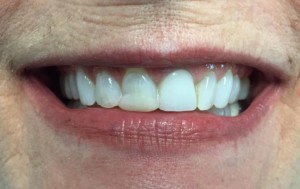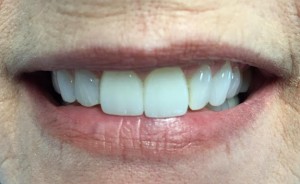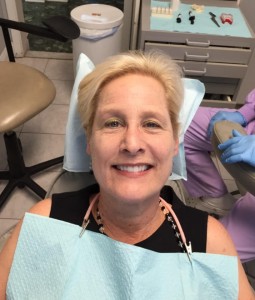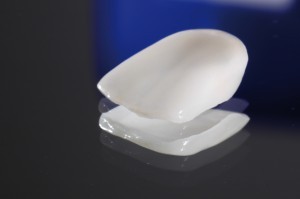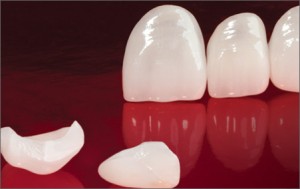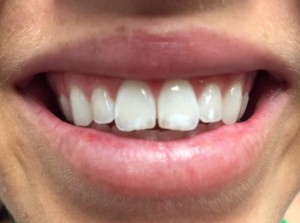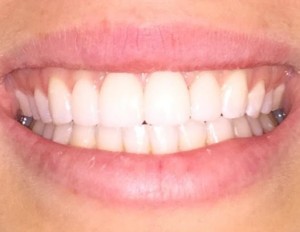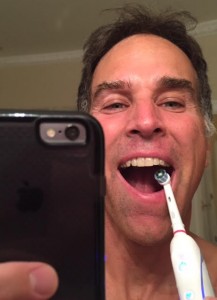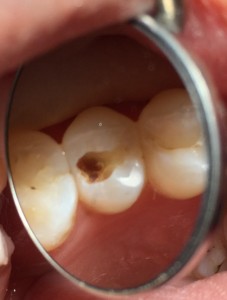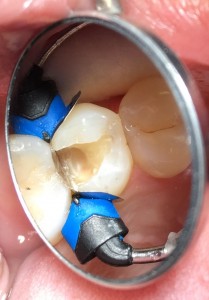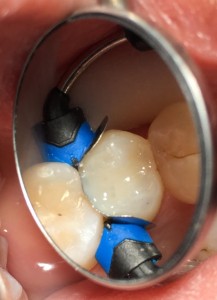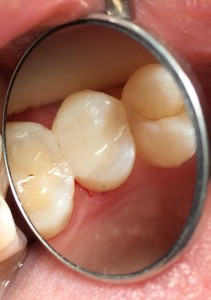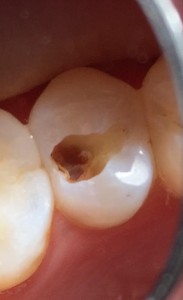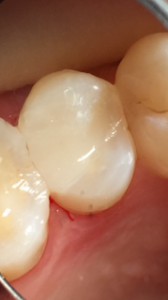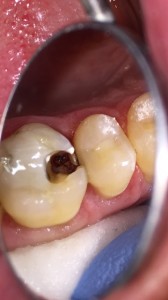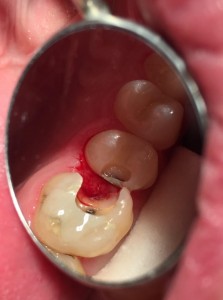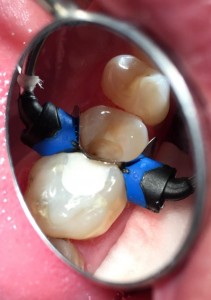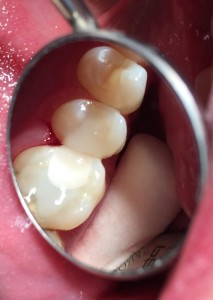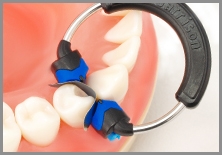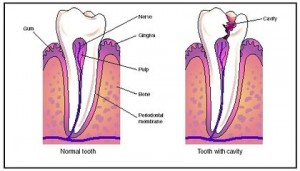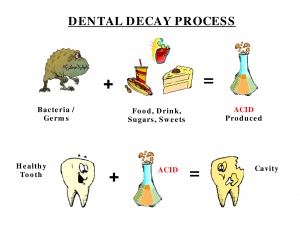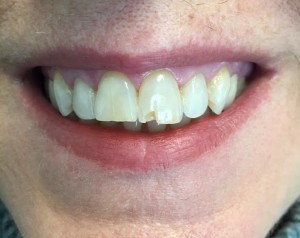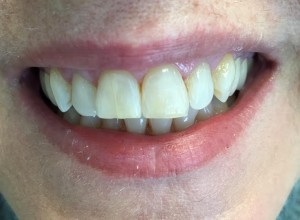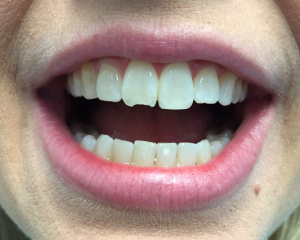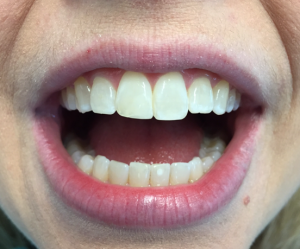Tag Archives: tooth bonding
Fractured molar
This patient fractured the lingual side of his first molar tooth biting down on a Skittle candy. Dr. Gentry was able to restore the tooth with a porcelain crown and was able to avoid a root canal and crown lengthening periodontal surgery.
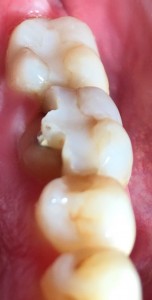
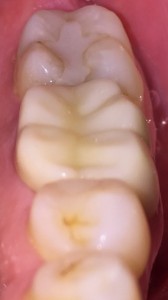
Porcelain Veneers
Toothbrush recommended by Dr. Gentry.
Cracked teeth/tooth fractures.
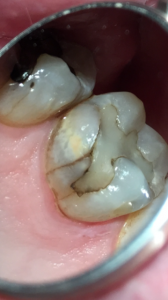
If when you bite down, you feel a sharp pain you may have a cracked tooth. A tooth crack may have been caused by:
- Chewing on a hard object or food such as ice, nuts, candy, or popcorn.
- An accident, like a blow to the mouth.
- Grinding or clenching your teeth.
- Weak tooth caused by wear or large old fillings, or root canal.
If you feel pain when you bite down on a tooth please let Dr. Gentry know and he will evaluate the tooth and discuss the best treatment protocol for you. If treated early, the cracked tooth possibly can be treated with a bonded filling or a crown. If the crack is deeper the tooth may require a root canal or even extraction.
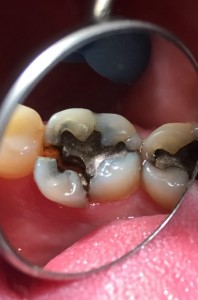
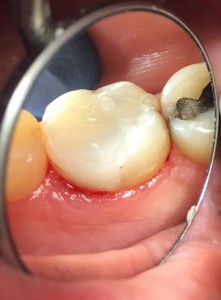
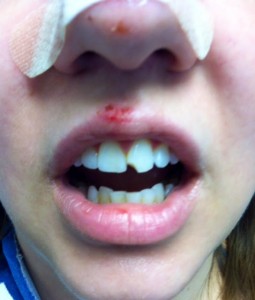
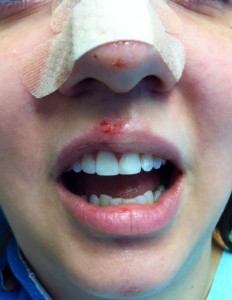
If the crack is deep or extends down the root, the tooth may need to be extracted.
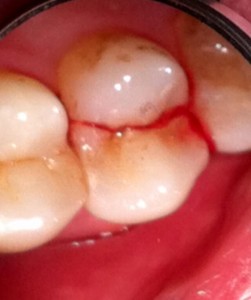
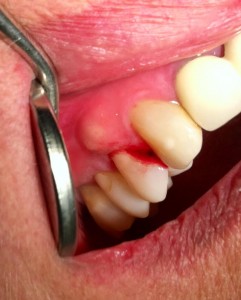
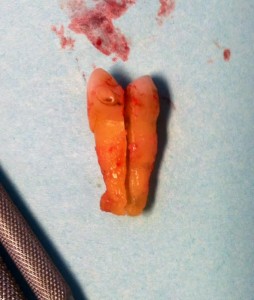
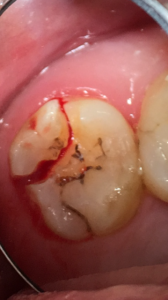
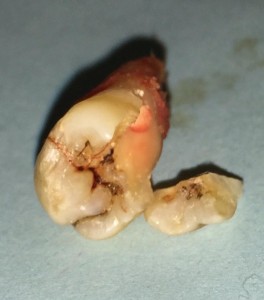
Restoration of a large carious lesions using the Garrison Interproximal Matrix System
When deep decay that is close to the tooth pulp is present in a tooth, many times it requires a root canal. In this 35 year old patient, Dr. Gentry restores her upper bicuspid tooth without a root canal or crown. Gentry cleans out the decay, places a Vitrabond glass ionomer pulp cap, and places a Herculite composite restoration, using the Garrison Matrix System.
Cavities
Cavities are permanently damaged areas in the hard surface of your teeth that develop into tiny openings or holes. Cavities, also called tooth decay or caries, are caused by a combination of factors, including bacteria in your mouth, frequent snacking, sipping sugary drinks, and not cleaning your teeth well. Cavities and tooth decay are among the world’s most common health problems.
If cavities aren’t treated, they get larger and affect deeper layers of your teeth. They can lead to severe toothache, infection and tooth loss. Regular dental visits and good brushing and flossing habits are your best protection against cavities and tooth decay.
Some examples of Dr. Gentry fixing patient’s dental cavities:
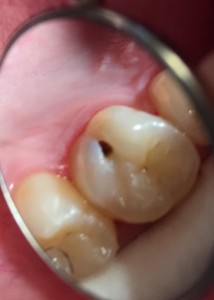
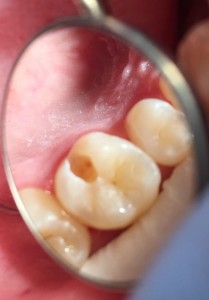
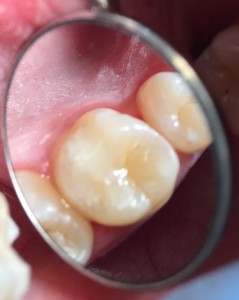
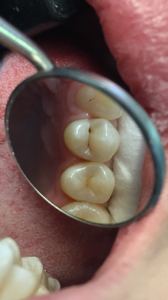
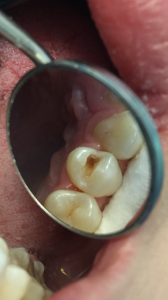
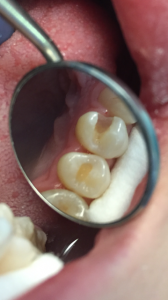
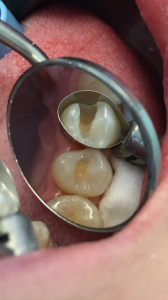
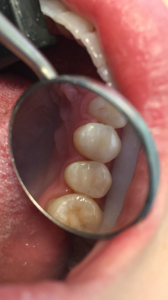
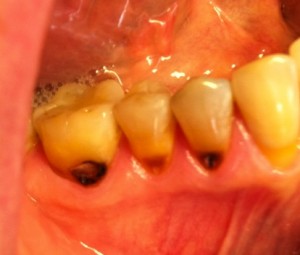
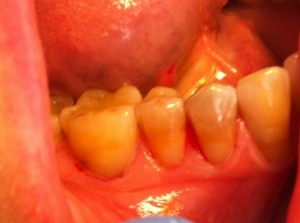
Dental bonding
Dental bonding
Smile and be happy and confident!
Why is a smile important?
When you have a nice smile, it helps you get noticed, makes you more attractive, decreases your stress level and helps to make you healthier. Laughter really is the best medicine! Here are 10 reasons to smile:
1. Smiling makes others want to be around you.
2. Smiling can elevate your mood and make you happy.
3. Smiling makes others around you happy too.
4. Smiling relieves stress and makes you look relaxed and younger.
5. Smiling lowers your blood pressure.
6. By releasing endorphins and serotonin, smiling is a natural feel good drug.
7. Smiling lifts your face and makes you look younger.
8. Smiling makes you more relaxed and boosts your immune system.
9. Smiling makes you appear confident, trustworthy, and successful.
10. Smiling even boosts your productivity and helps you stay positive.
So smile and be popular, healthy, productive and happy!
Article by Dr. Gentry published in Arlington Magazine May 2015
